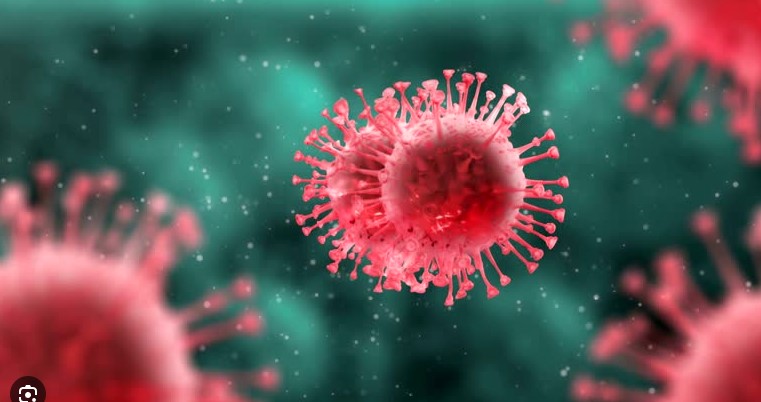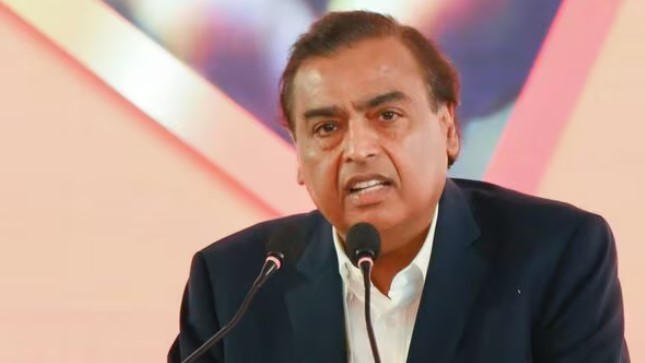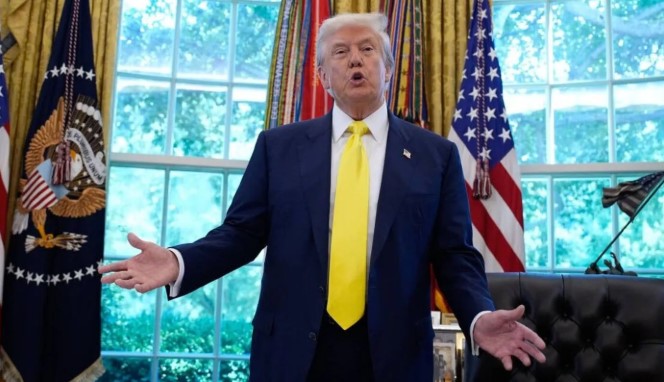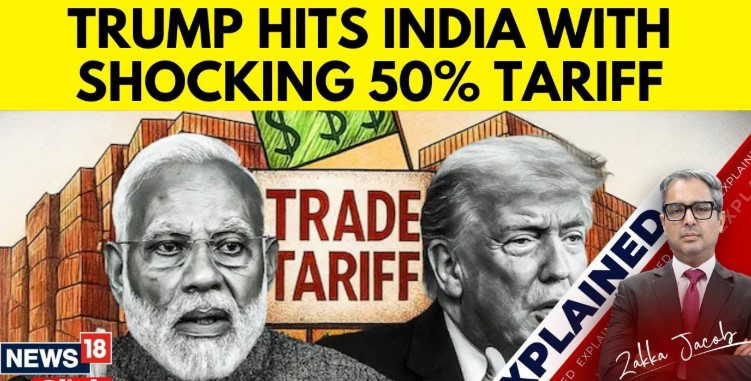H3N2 Flu in Delhi: Symptoms, Risks, and Recovery Guide
The outbreak of H3N2 flu in Delhi has raised serious health concerns across the national capital. Hospitals have issued alerts, urging citizens to remain cautious about this viral infection, its symptoms, and the required recovery period. The H3N2 strain, a subtype of influenza A, spreads quickly in crowded areas, making awareness and timely treatment extremely important.

What is the H3N2 Flu?
The H3N2 flu is a subtype of the influenza A virus. It is highly contagious and typically spreads through respiratory droplets when an infected person coughs, sneezes, or talks. The virus thrives in winter and spring seasons, but recent trends show that it can persist beyond these periods.
Doctors warn that while most cases are mild to moderate, certain groups—like children, elderly individuals, and those with pre-existing health conditions—are at greater risk of complications.

Why Delhi is on High Alert
The sudden surge in cases of H3N2 flu in Delhi has caused hospitals to report higher admissions due to flu-like symptoms. Health experts say this outbreak could be linked to:
Table of Contents
ToggleSeasonal change: Sudden weather fluctuations in Delhi can weaken immunity.
Urban crowding: The dense population of the capital makes the virus spread rapidly.
Weakened post-pandemic immunity: Many people are more vulnerable after reduced exposure to viruses during COVID-19 lockdowns.
This combination has created the right conditions for the H3N2 strain to spread fast.
Common Symptoms of H3N2 Flu
Recognizing the symptoms early is critical in preventing complications. The following are the most commonly reported signs of H3N2 flu in Delhi patients:
High fever, often above 101°F
Severe cough and throat pain
Cold and nasal congestion
Body aches and joint pain
Fatigue and weakness
Nausea or vomiting (in some cases)
Shortness of breath in severe infections
Doctors emphasize that these symptoms are very similar to other flu strains, which is why medical consultation and tests are essential for accurate diagnosis.
How is H3N2 Different from Seasonal Flu?
While both are influenza viruses, H3N2 flu often leads to more severe symptoms and a longer recovery period compared to seasonal flu. Patients report prolonged weakness, respiratory issues, and sometimes hospitalization.
Another difference is that the H3N2 strain has been linked to more complications in patients with asthma, diabetes, and heart disease, making preventive care even more important.
Recovery Period and Treatment
For most patients, the recovery period for H3N2 flu in Delhi ranges between 7 to 10 days. However, weakness may persist for a few weeks.
Treatment usually involves:
Rest and hydration: Drinking warm fluids, staying hydrated, and resting adequately.
Fever management: Paracetamol or doctor-prescribed medications to reduce fever and body pain.
Antiviral drugs: In some cases, doctors may prescribe antivirals like Oseltamivir to shorten illness duration.
Monitoring oxygen levels: Patients with breathlessness should check oxygen saturation regularly.
Importantly, self-medication is not advised. Only a doctor can decide if antivirals or antibiotics are required.
Preventive Measures for H3N2 Flu
To reduce the risk of catching the virus, Delhi residents are advised to follow these preventive steps:
Wear masks in crowded areas.
Wash hands frequently with soap or sanitizer.
Avoid close contact with infected individuals.
Maintain good immunity through proper diet and sleep.
Get flu vaccinations if recommended by healthcare providers.
These precautions can help reduce the spread of the H3N2 flu in Delhi and protect vulnerable groups.
High-Risk Groups to Watch
Health experts have highlighted certain groups that should be extra cautious during this outbreak:
Children under 5 years of age
Adults above 60 years
Pregnant women
Individuals with diabetes, asthma, or chronic heart disease
Immunocompromised patients
For these groups, even mild flu symptoms should not be ignored. Early medical consultation is essential.
Government and Hospital Measures
Hospitals across Delhi have:
Issued alerts for timely reporting of flu cases.
Set up isolation wards to handle severe H3N2 patients.
Advised citizens against panic while encouraging preventive steps.
Meanwhile, government authorities are monitoring the outbreak closely, collecting data, and ensuring availability of antiviral medications.
How to Differentiate H3N2 Flu from COVID-19?
Since the symptoms of H3N2 flu are very similar to COVID-19, confusion is common. However, doctors note a few key differences:
H3N2 flu often causes high fever and severe body pain right from the start.
COVID-19 may present with loss of taste/smell and prolonged respiratory issues.
Still, testing is the only reliable way to distinguish between the two. Experts recommend getting tested if symptoms worsen or persist beyond 3–4 days.
Importance of Oral and Personal Hygiene
Doctors stress that apart from medication, maintaining hygiene is a crucial line of defense. Brushing teeth regularly, gargling with warm salt water, and avoiding sharing utensils can significantly reduce infection risks.
Personal hygiene practices also help break the chain of transmission, especially in family settings where one infected person can quickly pass the virus to others.
Lessons from the Outbreak
The H3N2 flu in Delhi outbreak is a reminder of how vulnerable urban populations are to viral infections. Key lessons include:
Citizens must not ignore flu-like symptoms.
Preventive steps like masking and sanitization are still relevant post-COVID.
Strong public awareness campaigns are essential to contain outbreaks.
Conclusion: Stay Safe Amid the H3N2 Flu in Delhi
The rise of H3N2 flu in Delhi highlights the importance of vigilance, timely treatment, and preventive care. While most cases can be managed with rest and proper medication, ignoring symptoms can lead to severe complications.
By following precautions, seeking early medical advice, and supporting public health initiatives, Delhi can overcome this outbreak with minimal damage. The message is clear—prevention and awareness are the strongest tools against H3N2.
PM Modi on Trump Tariffs: India’s Growth Continues Despite Economic Selfishness
Prime Minister Narendra Modi took what appeared to be a subtle dig at the Trump tariffs on India, saying the Indian economy …
Reliance Industries’ FMCG Arm Expands into Herbal-Natural Beverages Biz
Reliance Industries' FMCG Arm Taps Herbal Drinks Market, marking a major step in the company’s strategy to diversify and strengthen its consumer …
Trump Slams Goldman Sachs CEO Over ‘Bad Prediction’ on Tariff Impact
Trump slams Goldman Sachs CEO David Solomon over what he described as a “bad prediction” about the impact of his tariff policies, …
India GDP Impact from US Tariffs: A Looming Economic Challenge
India is staring down a potential economic setback as the India GDP impact from US tariffs becomes a pressing concern. With President …
Nayara Energy Sues Microsoft Over Service Suspension Linked to Rosneft and EU Sanctions
In a major corporate and legal standoff, Nayara Energy sues Microsoft over the abrupt suspension of services allegedly linked to European Union …
Google Pixel 10 Launch Set for August 20 in New York: Foldable Phone, Tensor G5 Chip, and More Expected
Google Pixel 10 launch is officially set for August 20 in New York, where the tech giant will unveil its latest Pixel …






